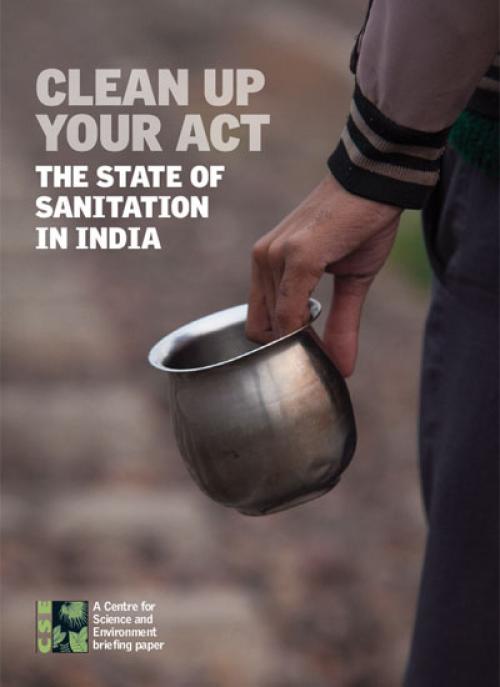Of the 1 billion people globally who have no toilet, India accounts for nearly 600 million. Fifty per cent of India’s population defecates in the open. Well-designedcommunication and awareness campaigns connecting sanitation to health and women’s dignity and outcome-based monitoring are vital. Community-centric programmes under strong leadership can usher in a clean India.
Ensuring basic hygiene for all is a major task for the Indian government. Recent National SampleSurvey Office data underlined the abysmal state of sanitation in the country, especially rural India where two thirds of the country lives. Huge discrepancies in data on toilets from differentgovernment departments mean that the impact of sanitation programmes is difficult to gauge.The net result, however, is unimproved sanitation coverage and compromised health.
What is clear is that the programmes had large leakages. Sikkim, Haryana and Kerala, nevertheless, excelled in sanitation programmes, with Sikkim topping with 100 per cent sanitation coverage. Gujarat failed badly; the restricted role of beneficiaries, poor technological options that did not cater to their needs, and lack of awareness contributed to this state of affairs. The delivery mechanism was also faulty.
The recent Swachh Bharat Mission claims to be more focused on monitoring and is said to be filling lacunae. Success stories demonstrate that political and administrative will can eradicateopen defecation.










